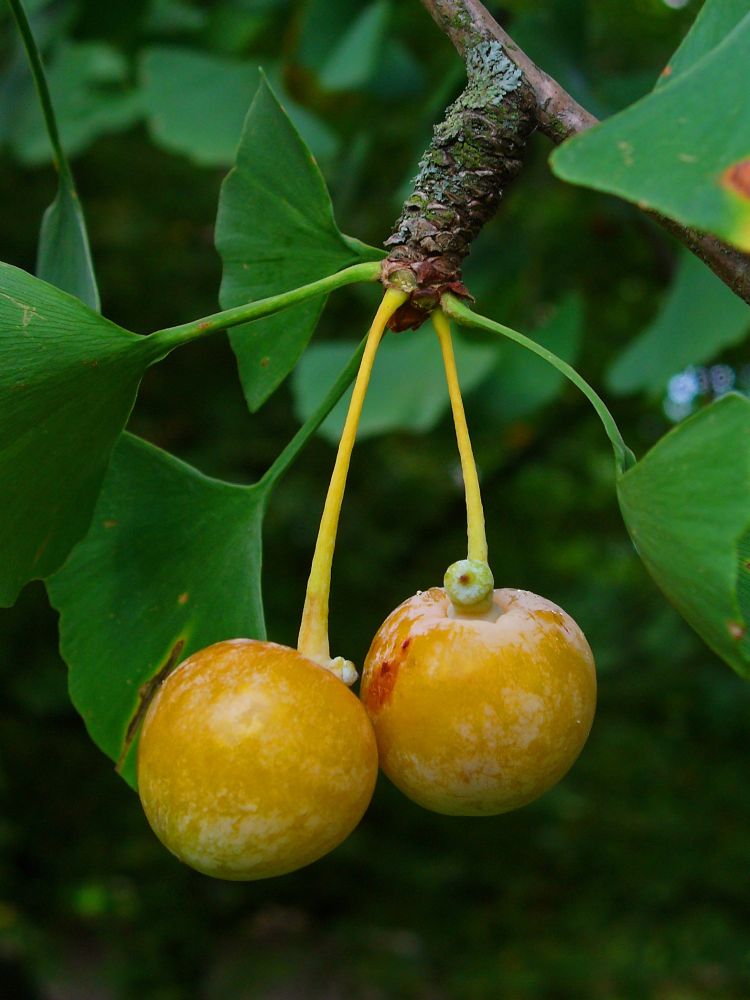
Website: https://tea-kyoto.com/
You can also find us over on...
insta: http://camellia.kyoto &
@camelliakyoto@mastodon.social
#Kyoto #京都 #Eikando #永観堂 #autumn




#Kyoto #京都 #PathofPhilosophy #哲学の道 #Japan #野点 #matcha #everydaymatcha #matchaonthego #catsofkyoto #kyotocats
#Kyoto #京都 #PathofPhilosophy #哲学の道 #Japan #野点 #matcha #everydaymatcha #matchaonthego #catsofkyoto #kyotocats
It came to prominence after the philosophers and Kyōto University professors Nishida Kitarō (西田幾多郎 1870-1945) and Tanabe Hajime (田辺元 1885-1962) used the trail as an exercise route.




It came to prominence after the philosophers and Kyōto University professors Nishida Kitarō (西田幾多郎 1870-1945) and Tanabe Hajime (田辺元 1885-1962) used the trail as an exercise route.
Fall vibing.
#永観堂 #Eikando #autumn #紅葉 #Kyoto #京都 #Japan #ThePhilosophersPath #哲学の道 #Tetsugakunomichi




Fall vibing.
#永観堂 #Eikando #autumn #紅葉 #Kyoto #京都 #Japan #ThePhilosophersPath #哲学の道 #Tetsugakunomichi
🙏Thank you for reading!🙇♂️




🙏Thank you for reading!🙇♂️
Heian noble women would often add powdered fujibakama to their baths.




Heian noble women would often add powdered fujibakama to their baths.
Depending on the weather the insects appear from April-November, and migrate up to 1000km to their feeding sites.




Depending on the weather the insects appear from April-November, and migrate up to 1000km to their feeding sites.
Chapter 30 of 'The Tale of Genji' (源氏物語) is named after the flowers.




Chapter 30 of 'The Tale of Genji' (源氏物語) is named after the flowers.
Fujibakama (藤袴) is now an endangered flower, but was once found growing in profusion along riverbanks.
Symbolising caring and positive memories, the fragrant plant was commonly used in perfumes and hair products.
#fujibakama #藤袴




Fujibakama (藤袴) is now an endangered flower, but was once found growing in profusion along riverbanks.
Symbolising caring and positive memories, the fragrant plant was commonly used in perfumes and hair products.
#fujibakama #藤袴
The white petals are once again likened to 'otoko-meshi' (男飯), the whiter rice demanded by men.
#Japan




The white petals are once again likened to 'otoko-meshi' (男飯), the whiter rice demanded by men.
#Japan
It is thought the yellow flowers were likened to 'onna-meshi' (女飯🍘), the cheaper, less-polished rice often eaten by women (men would typically get the finer rice, known as 'otoko-meshi' 男飯🍙).
🌾😠😡💢
#Japan




It is thought the yellow flowers were likened to 'onna-meshi' (女飯🍘), the cheaper, less-polished rice often eaten by women (men would typically get the finer rice, known as 'otoko-meshi' 男飯🍙).
🌾😠😡💢
#Japan
"The courtesan's flower" (女郎花) symbolises the keeping of promises, fleeting love and kindness. Considered to outshine the most beautiful woman (hence the name), poets have used the flower's imagery since ancient times.
The plant's roots have pain killing properties.




"The courtesan's flower" (女郎花) symbolises the keeping of promises, fleeting love and kindness. Considered to outshine the most beautiful woman (hence the name), poets have used the flower's imagery since ancient times.
The plant's roots have pain killing properties.
🩸increase blood circulation (which aids with vision problems) & brain function.
💪boost the body’s anti-inflammatory function, which can increase lung capacity (helping asthma suffers) & may help with depression.
🩸increase blood circulation (which aids with vision problems) & brain function.
💪boost the body’s anti-inflammatory function, which can increase lung capacity (helping asthma suffers) & may help with depression.
on the wall traces
of torn poem cards
五月雨や 色紙へぎたる 壁の跡
Matsuo Bashō (松尾芭蕉 1644-94) ends 'Saga Nikki' (嵯峨日記) with this poem, written as he prepared to leave Rakushisha. Like the poem cards peeling from the walls, Bashō must now peel himself away.




on the wall traces
of torn poem cards
五月雨や 色紙へぎたる 壁の跡
Matsuo Bashō (松尾芭蕉 1644-94) ends 'Saga Nikki' (嵯峨日記) with this poem, written as he prepared to leave Rakushisha. Like the poem cards peeling from the walls, Bashō must now peel himself away.
In 1868 volunteers restored the hermitage, returning the name to Rakushisha.
Finally, in 1895, Kōgen-ji was moved to Tenryū-ji's grounds and the hermitage moved to its current position.
#Kyoto
In 1868 volunteers restored the hermitage, returning the name to Rakushisha.
Finally, in 1895, Kōgen-ji was moved to Tenryū-ji's grounds and the hermitage moved to its current position.
#Kyoto
In 1770 Inoue Jūkō (井上重厚 1738-1804) moved to Sagano to revive the hut, now on land owned by Kōgen-ji (弘源寺), a sub-temple of Tenryū-ji (天龍寺).
He erected a tomb for Mukai.
#MukaiKyorai #向井去来 #poet #haiku

In 1770 Inoue Jūkō (井上重厚 1738-1804) moved to Sagano to revive the hut, now on land owned by Kōgen-ji (弘源寺), a sub-temple of Tenryū-ji (天龍寺).
He erected a tomb for Mukai.
#MukaiKyorai #向井去来 #poet #haiku
In 1688 Mukai purchased another building to act as a meeting place for poets.
Bashō would visit 4 times.
In 1688 Mukai purchased another building to act as a meeting place for poets.
Bashō would visit 4 times.
40 persimmon trees stood in the cottage grounds, and he sold the fruit in advance to a merchant. Shortly before harvesting a storm struck, and Mukai awoke to find the trees stripped.




40 persimmon trees stood in the cottage grounds, and he sold the fruit in advance to a merchant. Shortly before harvesting a storm struck, and Mukai awoke to find the trees stripped.
A straw raincoat hangs beside the door at Rakushisha (落柿舎), indicating that the host is home.
The small cottage was home to Mukai Kyorai (向井去来), chief disciple of Matsuo Bashō. It was here Bashō composed 'Saga Nikki' (嵯峨日記) in 1691.
#Rakushisha #落柿舎 #Arashiyama




A straw raincoat hangs beside the door at Rakushisha (落柿舎), indicating that the host is home.
The small cottage was home to Mukai Kyorai (向井去来), chief disciple of Matsuo Bashō. It was here Bashō composed 'Saga Nikki' (嵯峨日記) in 1691.
#Rakushisha #落柿舎 #Arashiyama



















